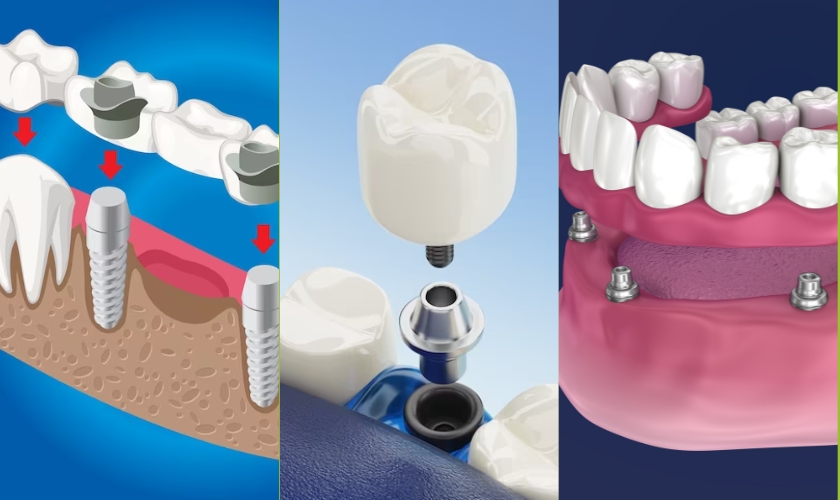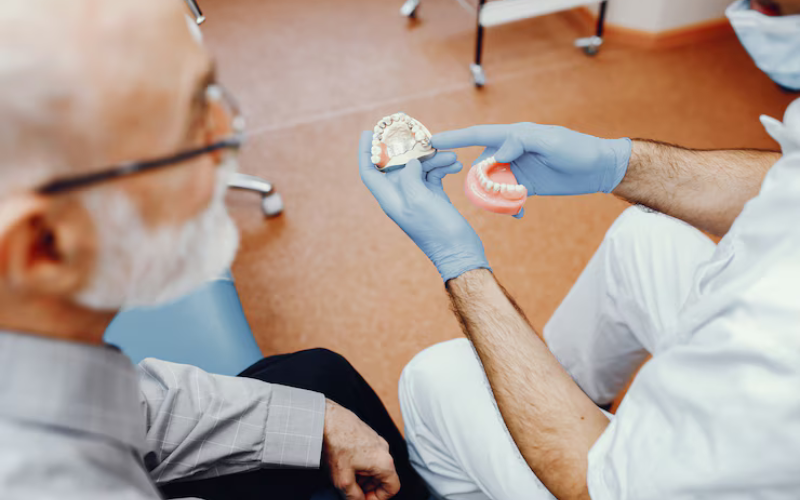
Dental implants have revolutionized the field of dentistry, offering a durable and natural-looking solution for those dealing with tooth loss. Understanding the three most common 3 types of dental implants – endosteal, subperiosteal, and zygomatic – is essential in making an informed decision about your oral health. Let’s delve into each type and explore the nuances that set them apart.
1. Endosteal Implants: The Safest and Most Common Choice
Endosteal implants stand as the gold standard in dental implantology. This method involves the surgical placement of titanium posts directly into the jawbone, providing a stable foundation for artificial teeth.
Why Choose Endosteal?
- High success rates.
- Excellent stability and durability.
- Widely considered the safest option.
2. Subperiosteal Implants: Tailored for Individual Needs
Subperiosteal implants offer a customized alternative for individuals with unique dental situations. Instead of being placed directly into the jawbone, these implants sit on top of the bone but beneath the gum tissue.
Why Choose Subperiosteal?
- Suitable for patients with insufficient bone density.
- Customized fit for individual jaw structures.
- Less invasive than endosteal implants.
3. Zygomatic Implants: Complexity Meets Precision
Zygomatic implants represent the most intricate and specialized option. Unlike other implants, these are attached to the zygomatic bone (cheekbone), making them ideal for cases with significant upper jaw bone loss.
Why Choose Zygomatic?
- Ideal for severe bone loss situations.
- Single surgery solution for full arch restoration.
- Offers stability without the need for bone grafts.
The selection of the implant type is dependent on your specific oral condition and treatment goals. To determine the most suitable implant type for you, it is recommended to consult with a skilled implant dentist. The dental implant process typically involves a consultation, implant placement, a healing period, and restoration. Dental implants have revolutionized dentistry by providing a long-lasting and natural-looking solution for tooth replacement, helping you regain your confidence and oral health.
Understanding the differences between endosteal, subperiosteal, and zygomatic 3 types of dental implants is crucial when embarking on the journey to restore your smile. If you’re in Cincinnati, our dedicated dental team is ready to provide personalized guidance and services tailored to your unique needs. Reclaim your confidence and oral health with the advanced solutions offered by our experienced professionals.





